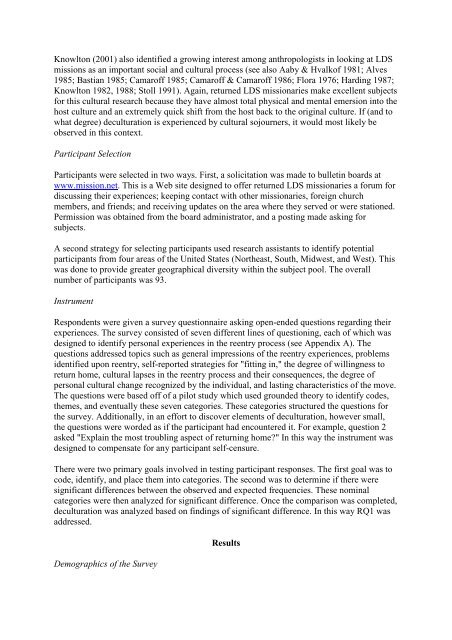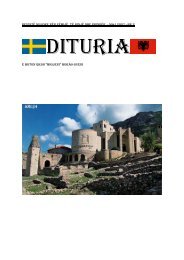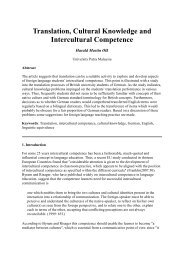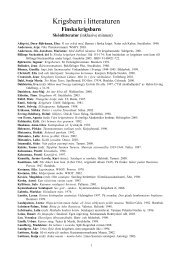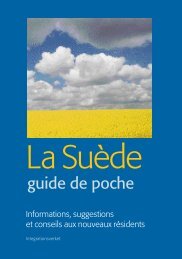Going Home: Deculturation Experiences in Cultural Reentry
Going Home: Deculturation Experiences in Cultural Reentry
Going Home: Deculturation Experiences in Cultural Reentry
You also want an ePaper? Increase the reach of your titles
YUMPU automatically turns print PDFs into web optimized ePapers that Google loves.
Knowlton (2001) also identified a grow<strong>in</strong>g <strong>in</strong>terest among anthropologists <strong>in</strong> look<strong>in</strong>g at LDS<br />
missions as an important social and cultural process (see also Aaby & Hvalkof 1981; Alves<br />
1985; Bastian 1985; Camaroff 1985; Camaroff & Camaroff 1986; Flora 1976; Hard<strong>in</strong>g 1987;<br />
Knowlton 1982, 1988; Stoll 1991). Aga<strong>in</strong>, returned LDS missionaries make excellent subjects<br />
for this cultural research because they have almost total physical and mental emersion <strong>in</strong>to the<br />
host culture and an extremely quick shift from the host back to the orig<strong>in</strong>al culture. If (and to<br />
what degree) deculturation is experienced by cultural sojourners, it would most likely be<br />
observed <strong>in</strong> this context.<br />
Participant Selection<br />
Participants were selected <strong>in</strong> two ways. First, a solicitation was made to bullet<strong>in</strong> boards at<br />
www.mission.net. This is a Web site designed to offer returned LDS missionaries a forum for<br />
discuss<strong>in</strong>g their experiences; keep<strong>in</strong>g contact with other missionaries, foreign church<br />
members, and friends; and receiv<strong>in</strong>g updates on the area where they served or were stationed.<br />
Permission was obta<strong>in</strong>ed from the board adm<strong>in</strong>istrator, and a post<strong>in</strong>g made ask<strong>in</strong>g for<br />
subjects.<br />
A second strategy for select<strong>in</strong>g participants used research assistants to identify potential<br />
participants from four areas of the United States (Northeast, South, Midwest, and West). This<br />
was done to provide greater geographical diversity with<strong>in</strong> the subject pool. The overall<br />
number of participants was 93.<br />
Instrument<br />
Respondents were given a survey questionnaire ask<strong>in</strong>g open-ended questions regard<strong>in</strong>g their<br />
experiences. The survey consisted of seven different l<strong>in</strong>es of question<strong>in</strong>g, each of which was<br />
designed to identify personal experiences <strong>in</strong> the reentry process (see Appendix A). The<br />
questions addressed topics such as general impressions of the reentry experiences, problems<br />
identified upon reentry, self-reported strategies for "fitt<strong>in</strong>g <strong>in</strong>," the degree of will<strong>in</strong>gness to<br />
return home, cultural lapses <strong>in</strong> the reentry process and their consequences, the degree of<br />
personal cultural change recognized by the <strong>in</strong>dividual, and last<strong>in</strong>g characteristics of the move.<br />
The questions were based off of a pilot study which used grounded theory to identify codes,<br />
themes, and eventually these seven categories. These categories structured the questions for<br />
the survey. Additionally, <strong>in</strong> an effort to discover elements of deculturation, however small,<br />
the questions were worded as if the participant had encountered it. For example, question 2<br />
asked "Expla<strong>in</strong> the most troubl<strong>in</strong>g aspect of return<strong>in</strong>g home?" In this way the <strong>in</strong>strument was<br />
designed to compensate for any participant self-censure.<br />
There were two primary goals <strong>in</strong>volved <strong>in</strong> test<strong>in</strong>g participant responses. The first goal was to<br />
code, identify, and place them <strong>in</strong>to categories. The second was to determ<strong>in</strong>e if there were<br />
significant differences between the observed and expected frequencies. These nom<strong>in</strong>al<br />
categories were then analyzed for significant difference. Once the comparison was completed,<br />
deculturation was analyzed based on f<strong>in</strong>d<strong>in</strong>gs of significant difference. In this way RQ1 was<br />
addressed.<br />
Demographics of the Survey<br />
Results


